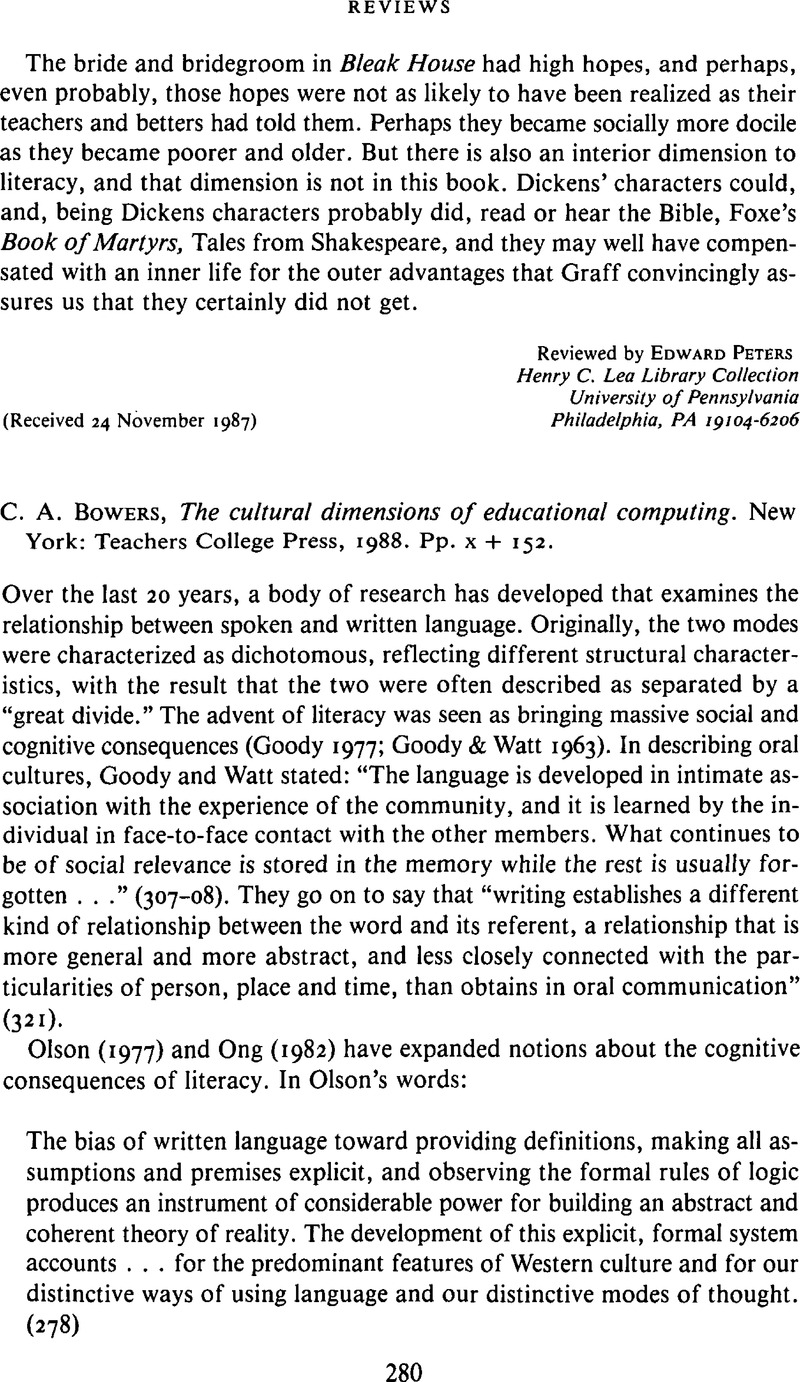Crossref Citations
This article has been cited by the following publications. This list is generated based on data provided by Crossref.
Maldonado-Mariscal, Karina
and
Alijew, Iwan
2023.
Social innovation and educational innovation: a qualitative review of innovation’s evolution.
Innovation: The European Journal of Social Science Research,
Vol. 36,
Issue. 3,
p.
381.



